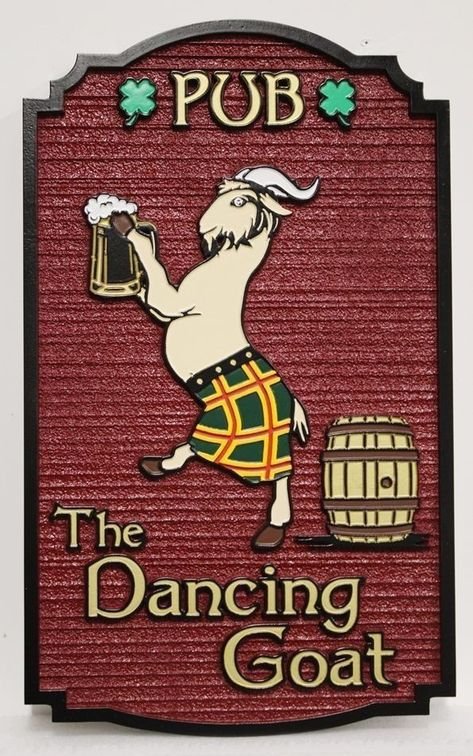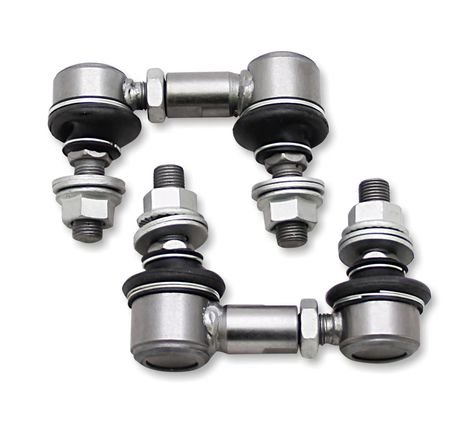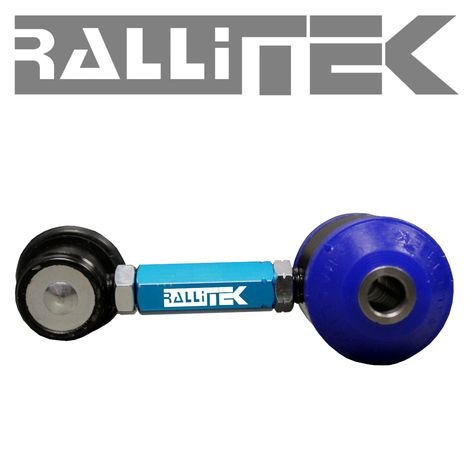When it comes to vehicle safety and performance, sway bar links play an indispensable role. These small but critical components connect the sway bar, also known as the stabilizer bar, to the vehicle’s suspension system. Their primary function is to enhance stability by reducing body roll during turns or uneven road conditions. Without properly functioning sway bar links, driving could feel less controlled and more dangerous, especially at higher speeds or during sharp maneuvers.
Table of Contents
What Are Sway Bar Links?
Sway bar links are metal rods or bars that serve as the connecting piece between the stabilizer bar and the suspension system. The stabilizer bar itself is a U-shaped metal bar that spans the width of the vehicle, attaching to the suspension on both sides. Sway bar links ensure that the stabilizer bar moves in unison with the suspension, maintaining balance and reducing unnecessary tilting or swaying of the vehicle’s body. Modern sway bar links often come equipped with bushings or ball joints to facilitate smooth motion and reduce wear.
Why Are Sway Bar Links Important?
The primary purpose of sway bar links is to improve vehicle handling and passenger safety. They ensure that both sides of the suspension system work together harmoniously, minimizing the risk of one side of the vehicle tipping or leaning excessively during cornering. This enhanced stability not only provides a smoother ride but also prevents accidents caused by loss of control. Additionally, sway bar links contribute to even tire wear, saving you money in the long run.
Signs of Worn-Out Sway Bar Links

Like any other automotive component, sway bar links are prone to wear and tear over time. Here are some common signs that indicate they might need replacement:
- Clunking or Rattling Noises: A frequent sign of damaged sway bar links is a persistent clunking or rattling sound, especially when driving over bumps or uneven surfaces.
- Poor Handling: If your vehicle feels unstable or tends to lean excessively during turns, faulty sway bar links could be the culprit.
- Visible Wear and Tear: Inspecting the sway bar links for cracks, rust, or damaged bushings can reveal their condition.
- Uneven Tire Wear: Since sway bar links contribute to balanced suspension performance, their failure can lead to uneven tire wear.
How to Inspect Sway Bar Links
Regular inspection of sway bar links is crucial to maintaining optimal vehicle performance. Here’s a simple step-by-step guide:
- Lift the Vehicle: Use a jack or lift to raise the vehicle and ensure it is securely supported.
- Locate the Sway Bar Links: Find the stabilizer bar and its connecting links near the suspension.
- Check for Movement: Wiggle the sway bar links to detect any unusual play or looseness.
- Inspect the Bushings: Look for cracks, splits, or other signs of wear on the rubber bushings.
- Examine for Rust: Corrosion can weaken the integrity of the sway bar links over time.
Replacement Process for Sway Bar Links
Replacing worn-out sway bar links is a straightforward task that can often be completed with basic tools. Here’s a general outline of the replacement process:
- Prepare the Vehicle: Park on a flat surface, engage the parking brake, and lift the vehicle using a jack.
- Remove the Old Links: Use a wrench or socket set to loosen and remove the bolts securing the old sway bar links.
- Install the New Links: Align the new sway bar links with the stabilizer bar and suspension, then secure them with bolts.
- Tighten Properly: Ensure all bolts are tightened to the manufacturer’s specifications.
- Test Drive: Lower the vehicle and take it for a test drive to confirm the replacement has resolved any handling issues.
Types of Sway Bar Links
There are various types of sway bar links, each designed to meet specific vehicle needs:
- Standard Links: Commonly used in most passenger vehicles, these are simple and effective.
- Adjustable Links: Ideal for performance vehicles, adjustable sway bar links allow for customization to suit different driving conditions.
- Heavy-Duty Links: Designed for trucks and SUVs, these links are built to handle heavier loads and rough terrain.
Materials Used in Sway Bar Links
Modern sway bar links are made from durable materials to withstand the stresses of daily driving. Common materials include:
- Steel: Known for its strength and durability, steel is a popular choice for sway bar links.
- Aluminum: Lightweight and corrosion-resistant, aluminum links are often used in high-performance applications.
- Composite Materials: Some advanced sway bar links incorporate composite materials for reduced weight and enhanced longevity.
Cost of Replacing Sway Bar Links

The cost of replacing sway bar links can vary depending on factors such as vehicle make and model, labor charges, and the type of links being installed. On average:
- Parts: Replacement links typically cost between $20 and $100 per pair.
- Labor: Professional installation can range from $50 to $150, depending on your location and the complexity of the job.
Benefits of Upgrading Sway Bar Links
Upgrading your sway bar links can offer several advantages:
- Improved Handling: High-quality or performance sway bar links provide better control during cornering and sudden maneuvers.
- Enhanced Durability: Upgraded links made from premium materials last longer and perform better under stress.
- Customizable Performance: Adjustable sway bar links allow you to fine-tune your suspension for specific driving conditions.
Common Myths About Sway Bar Links
Despite their importance, several misconceptions surround sway bar links:
- Myth: They don’t affect overall vehicle performance.
Fact: Faulty sway bar links can significantly impact handling, safety, and tire wear. - Myth: All sway bar links are the same.
Fact: There are various types and qualities of sway bar links designed for specific applications. - Myth: You can drive indefinitely with broken sway bar links.
Fact: Driving with damaged links compromises stability and safety, especially during turns.
Maintaining Sway Bar Links
To prolong the life of your sway bar links, consider these maintenance tips:
- Regular Inspections: Check for wear and tear during routine vehicle maintenance.
- Lubrication: Ensure bushings or ball joints are properly lubricated to reduce friction.
- Prompt Replacement: Address any issues with sway bar links promptly to avoid further damage to the suspension system.
Also read Dallas Mavericks vs OKC Thunder Match Player Stats: A Detailed Analysis
Conclusion
Sway bar links may be small, but their impact on vehicle safety and performance is enormous. Regular inspection, timely replacement, and understanding their role in your vehicle’s suspension system can make a significant difference in driving comfort and control. Whether you’re upgrading for performance or simply maintaining your vehicle, prioritizing the health of your sway bar links is essential for a safer, smoother ride.


